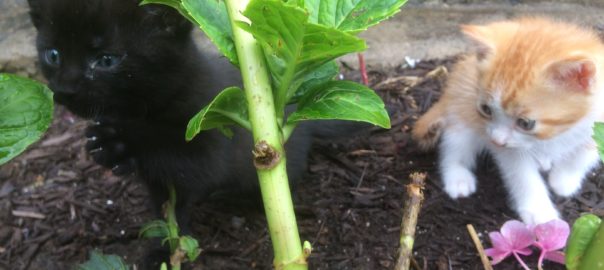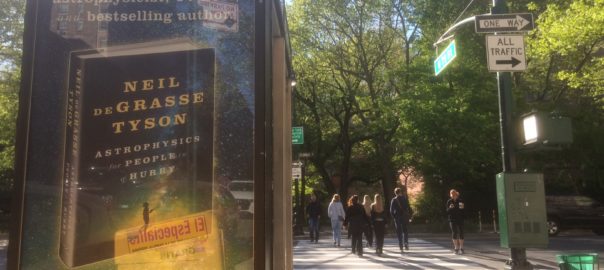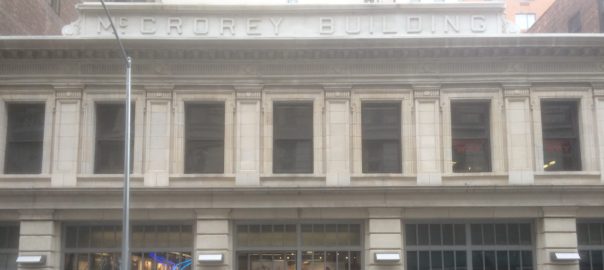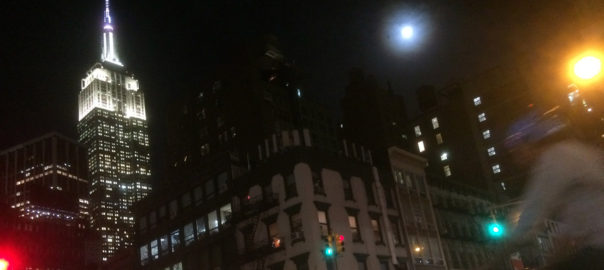By Verso’s Creative Team
![]() #f8981d" title="Simplicity" src="http://www.versoadvertising.com/inverso/wp-content/uploads/2010/04/Simplicity.gif" alt="Simplicity" width="600" height="125" srcset="https://www.versoadvertising.com/inverso/wp-content/uploads/2010/04/Simplicity.gif 600w, https://www.versoadvertising.com/inverso/wp-content/uploads/2010/04/Simplicity-300x62.gif 300w" sizes="(max-width: 600px) 100vw, 600px" />
#f8981d" title="Simplicity" src="http://www.versoadvertising.com/inverso/wp-content/uploads/2010/04/Simplicity.gif" alt="Simplicity" width="600" height="125" srcset="https://www.versoadvertising.com/inverso/wp-content/uploads/2010/04/Simplicity.gif 600w, https://www.versoadvertising.com/inverso/wp-content/uploads/2010/04/Simplicity-300x62.gif 300w" sizes="(max-width: 600px) 100vw, 600px" />
In the age of complexity, we respond to simplicity. This is as true for good ad design as it is for services like Google search and products like Apple’s iPhone. But two forces, one a legacy of print and the other from the bleeding edge of technology, are leading to more and more complex ads, and this is not necessarily a good thing. In a recent article in Ad Age, ad-effectiveness researcher Philip Sawyer observes that declining click-through rates in display ads may be stemming from increasingly complex ads.
Part of the problem is that technology allows creative departments to do so much more now than we ever could before. From expanding boxes to in-banner video to data-intensive flash tricks, it’s suddenly affordable—both in ad cost and memory cost—to produce exceedingly fancy digital ads. There’s a natural temptation to use all the tools at your disposal for every ad—as if a banner that uses 100k memory is somehow necessarily better than one that only uses 20k. But complexity is often the enemy of communication.
But the other reason for the complexity is specific to book publishing’s history of print ads. Everybody in publishing knows that the right review in the right place can sell books. So it’s only natural that most print ads are driven by review copy—often trying to pack as many glowing reviews into a space as possible. This can be a highly successful tactic that takes full advantage of the print medium’s relatively large space and its audience’s long attention span. But that strategy must shift in the digital sphere, where ads run in a busy, ever-changing context, and where viewer attention-spans are wickedly brief.
In 2005, Sawyer was the lead analyst for a series of online-advertising-effectiveness studies that revealed that most advertisers made similar mistakes in creating online ads, almost all of which boil down to one bit of advice: “Keep It Simple.” Revisiting the survey, Sawyer found advertisers making the same mistakes in 2010 that they made in 2005. Here are Sawyer’s 7 deadly sins of digital ads:
1. They are too complex.� 2. They take too long to get to the point.� 3. They are ambiguous.� 4. They are visually bland — or, worse, ugly.� 5. They use Flash for the sake of Flash — not for a clear purpose.� 6. They are often difficult, if not impossible, to read.� 7. They are bereft of benefit statements.
This may explain why we occasionally see quick-and-dirty static .gifs perform better than labor-intensive flash masterpieces. When there is only one panel to work with, it imposes a discipline that fosters simplicity of approach and directness of message. And this is why some of our best performing ads did not feature quotes, but a simple free offer.
The best digital ads get right to the point, whether it’s an offer, a deal, or even if the point is simply “Critics Rave.” Leave the details for the click through — no matter how great the adjectives nor (especially!) the lengths the reviewer goes to shower praise.
In the age of complexity, we respond to simplicity. This is as true for good ad design as it is for services like Google search and products like Apple’s iPhone. But two forces, one a legacy of print and the other from the bleeding edge of technology, are leading to more and more complex ads, and this is not necessarily a good thing. In a recent article in Ad Age, ad-effectiveness researcher Philip Sawyer observes that declining click-through rates in display ads may be stemming from increasingly complex ads.
Part of the problem is that technology allows creative departments to do so much more now than we ever could before. From expanding boxes to in-banner video to data-intensive Flash tricks, it’s suddenly affordable—both in ad cost and memory cost—to produce exceedingly fancy digital ads. There’s a natural temptation to use all the tools at your disposal for every ad—as if a banner that uses 100k memory is somehow necessarily better than one that only uses 20k. But complexity is often the enemy of communication.
Continue reading →










